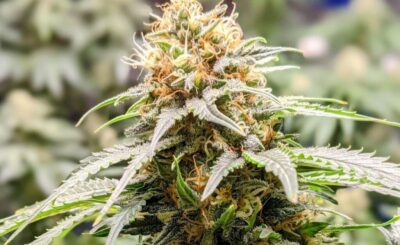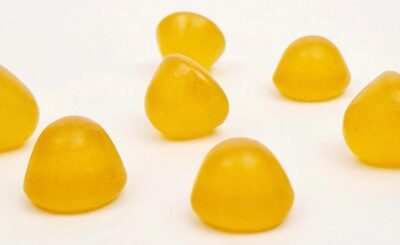About Gum Graft
When some people hear about oral hygiene, their mind races to fighting tooth decay or cavities. However, the truth is, maintaining oral health is more than that. It also involves aligning any crooked teeth and restoring their white color. Many people, when maintaining their dental health, tend to ignore the gums.
The truth is, your gums play a major role in your dental hygiene, and the risk of infection or inflammation could affect your overall health. Professionals like Dominic Thorncroft can assist you in understanding why it is important to pay attention to your gum health.
Receding of the gum can be caused by multiple orthodontic treatments, destructive brushing, and in serious cases, gum disease and gingivitis. The recession exposes the roots, and this causes sensitivity and even decay. Therefore, gum grafting is the best remedy.
Gum Graft Explained
When we talk of gum grafting, it is simply the process of treating the receding gum to prevent the exposure of the teeth roots. Grafts help in reversing the effects and restoring the healthy gums. Therefore, your teeth are protected.
Grafting involves cutting small pieces of tissues from the top of the inner side of the mouth and attaching them to the affected part. Basically, this process is quick and involves two procedures; harvesting the tissues from healthy parts of the mouth and attaching them on the receded gum to protect against further recession.
Types Of Gum Grafts
The types of gum graft are categorized based on the techniques used and the magnitude of the damage. These types are also determined by the ability of the cheek to pull during the operation or whether the damage has occurred between teeth or on the surface.
Pedicle Grafting
This involves cutting a tissue near the declining part and using it to repair the gap. The best thing about pedicle grafting and the reason why it is the safest is that it does not interrupt the flow of blood on the involved tissues. However, you will require having enough healthy tissues close to the affected area.
Connective Tissue Graft
This includes getting a flap of tissues from the roof of your mouth. The connective tissue removed is attached to the receding area. This method is the easiest and the most popular among the rest.
Alternative Graft
This type of grafting is suggested when the dentist has to cover more than five teeth. Covering such a large size of gum requires harvesting an equally large size of healthy tissues from another area. This can be unhealthy and unsafe. So, periodontists use piggish or cadaver grafts to ensure there are enough tissues for the receding gum.
Recovering After Grafting
Just like other dental procedures, you will need some time to recover. The best thing is that gum grafting is a long-term solution to the gum recession. You need to adhere to your dentist’s directions and make sure you take all the medicines prescribed.
Conclusion
The results of grafting take a few weeks. However, they are worth the wait. During the recovery, the graft adapts to the new area, and you need this time to restore the appearance of the gum.








